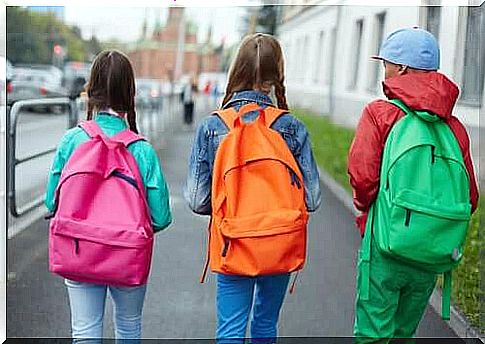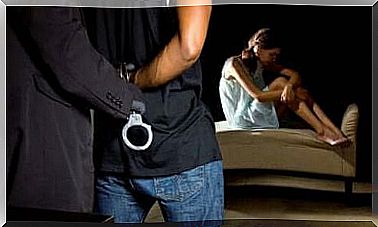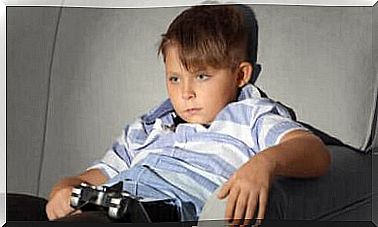The Link Between A School Backpack And Back Pain

The view that there is a close connection between a school backpack and back pain is widespread. This is true in principle, but it is a theme with a number of different perspectives. The first thing we should know is that the problem is not in the backpack itself, but in its use.
It is clear that when carrying heavy loads, and when carrying is not performed correctly, it has consequences for the condition of both muscles and bones. While it is true that there seems to be a clear and regular link between a school backpack and back pain, in reality, the wrong distribution of weight and load contributes significantly to the onset of back pain and other ailments.
In addition to this, it must be borne in mind that backpacks are everyday objects and therefore their use is constant. Indeed, this repeated carrying of a school backpack requires that both the schoolboy and the parents take the necessary measures to ensure the well-being of the muscles and bones. Let’s take a closer look at the connection between a school backpack and back pain.
The connection between a school backpack and back pain

There are several different studies that talk about the connection between a school backpack and back pain. However, almost everyone agrees that about half of children under the age of 15 have experienced back pain and other ailments related to the use of school backpacks.
In addition, there is a consensus among researchers that no child should carry a school backpack that weighs more than 10 to 15 percent of the child’s own body weight. For example, the Austrian Ministry of Education has banned children from carrying backpacks that weigh more than 10 percent of a child’s own body weight. A similar regulation has been issued in Germany.
In recent years, several studies have been conducted on the subject, confirming the link between school backpacks and back pain, neck and shoulder injuries, curvature of the spine, posture, and lung function. The subject has become an important and widely discussed theme precisely because of the increase in problems among these children, which was very unusual in the past.
However, some experts have warned that the increase in these problems is not just due to the use of school backpacks, as children’s widespread health problems are also intertwined, and the most prominent of these is children’s passive and immobile lifestyles, which weaken both their bones and muscles.
Considerations

A study in the Netherlands has found an inverse link between a sport and back pain in children. In other words; the more hours the child spent in the sport, the less he or she also experienced back pain and other ailments.
Another study, also conducted in the Netherlands, led by researcher van Gent, has revealed a very interesting fact: many children with back pain also showed signs of psychosomatic problems. In other words, children who are irritated or disturbed by either family or individual factors suffer more from back pain than normal.
Despite the above results, it is true that overweight school backpacks and their improper use can lead to various health problems in a child. These problems include:
- Muscle tension: A child carrying the wrong school backpack often has muscle tension in the lower back area. This is because of the specific reason that a child tilts their body forward when there is too much weight in the backpack.
- Spinal deformity: Spinal deformity occurs mainly at the level of the cervical spine for the same reason as in the previous case.
- Increased pelvic curvature.
- Shoulder Asymmetry: When a backpack or bag is carried with only one shoulder at a time, the risk of both spinal twist and scoliosis increases.
Recommendations for schoolchildren and parents
The first recommendation to consider is the promotion of a sports lifestyle for children. A passive lifestyle is not good for anyone, much less for children and young people whose bodies are still going through a process of muscle and skeletal development.
In addition, both parents and schoolchildren should consider some preventative measures with school backpacks and school bags. These measures include:
- Make sure that the dimensions of the school backpack are correct in relation to the child’s body: The backpack must not fall below the waist and its width must not exceed the width of the child’s shoulders.
- Make sure there are appropriate straps in the backpack: The straps in the school backpack should be padded and the child should be able to adjust them so that the backpack rests properly on the back. In addition, it is recommended that there be a loop at the top of the backpack that allows the child to easily lift it off the floor.
- The backpack should have a compartmentalized interior: When the inside of the backpack is compartmentalized, the books and other items inside it move less and this in turn provides the child with a better balance.
- Avoid overloading the backpack: An overweight backpack should be avoided altogether, as it is the most detrimental factor for a child’s back pain and other ailments.
- Teach your child the proper distribution and transport of the backpack: Heavy books should always be placed closer to the body. In addition, the backpack should always be carried on both shoulders.









